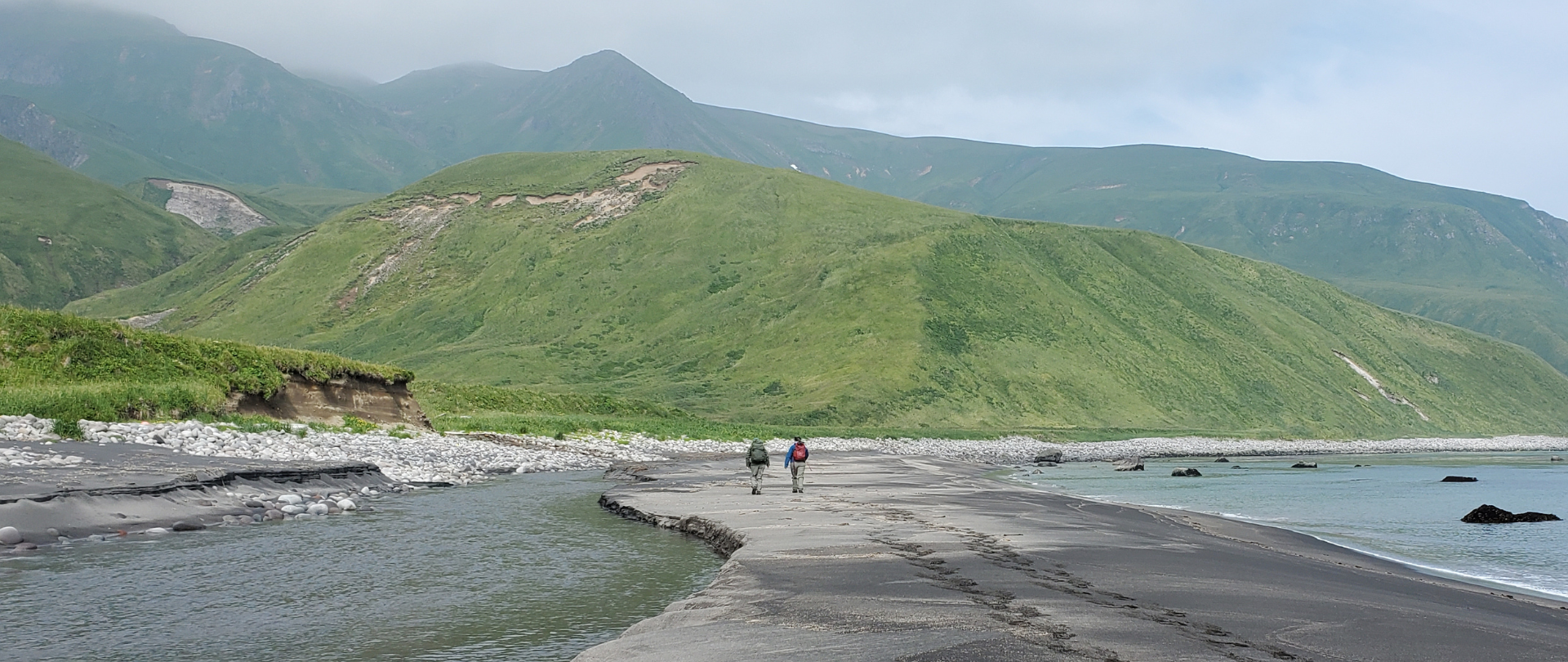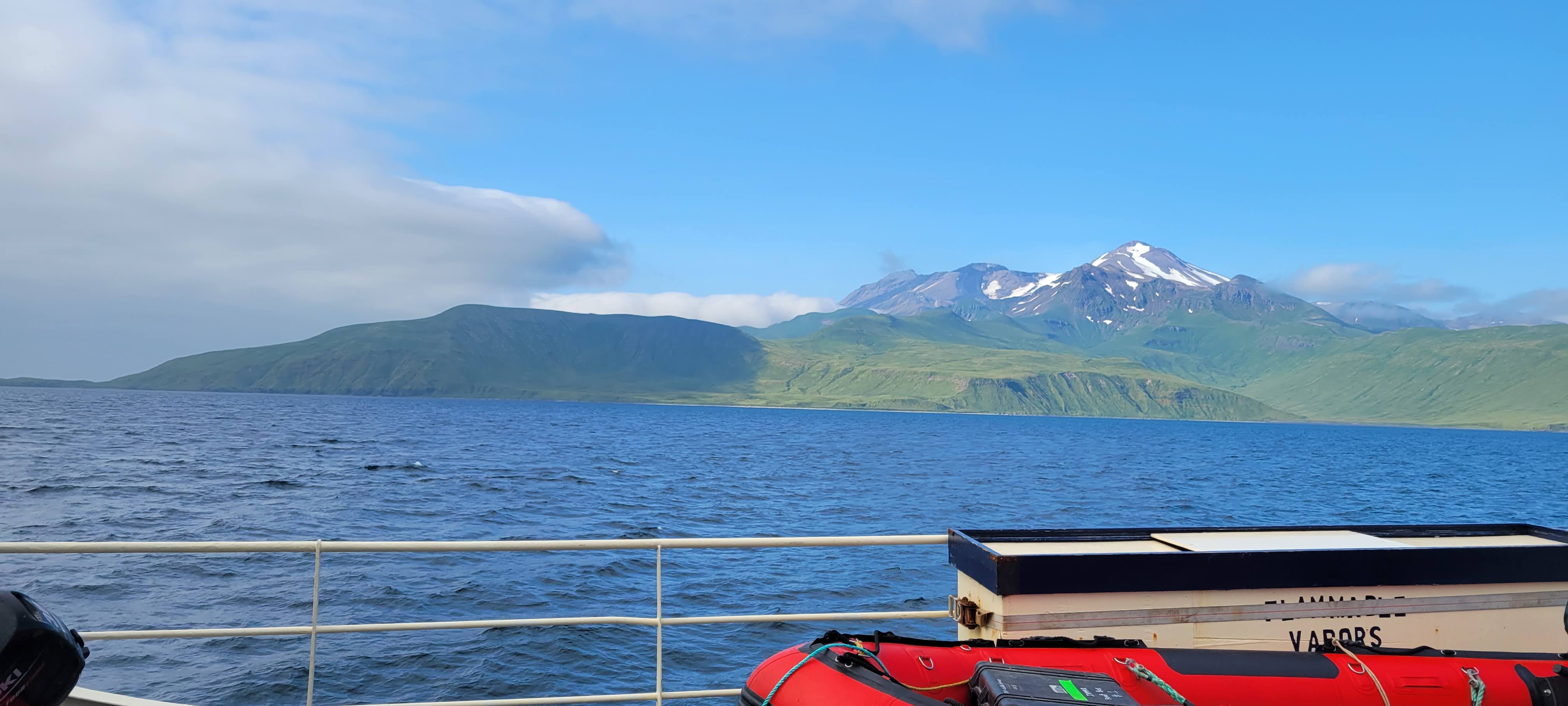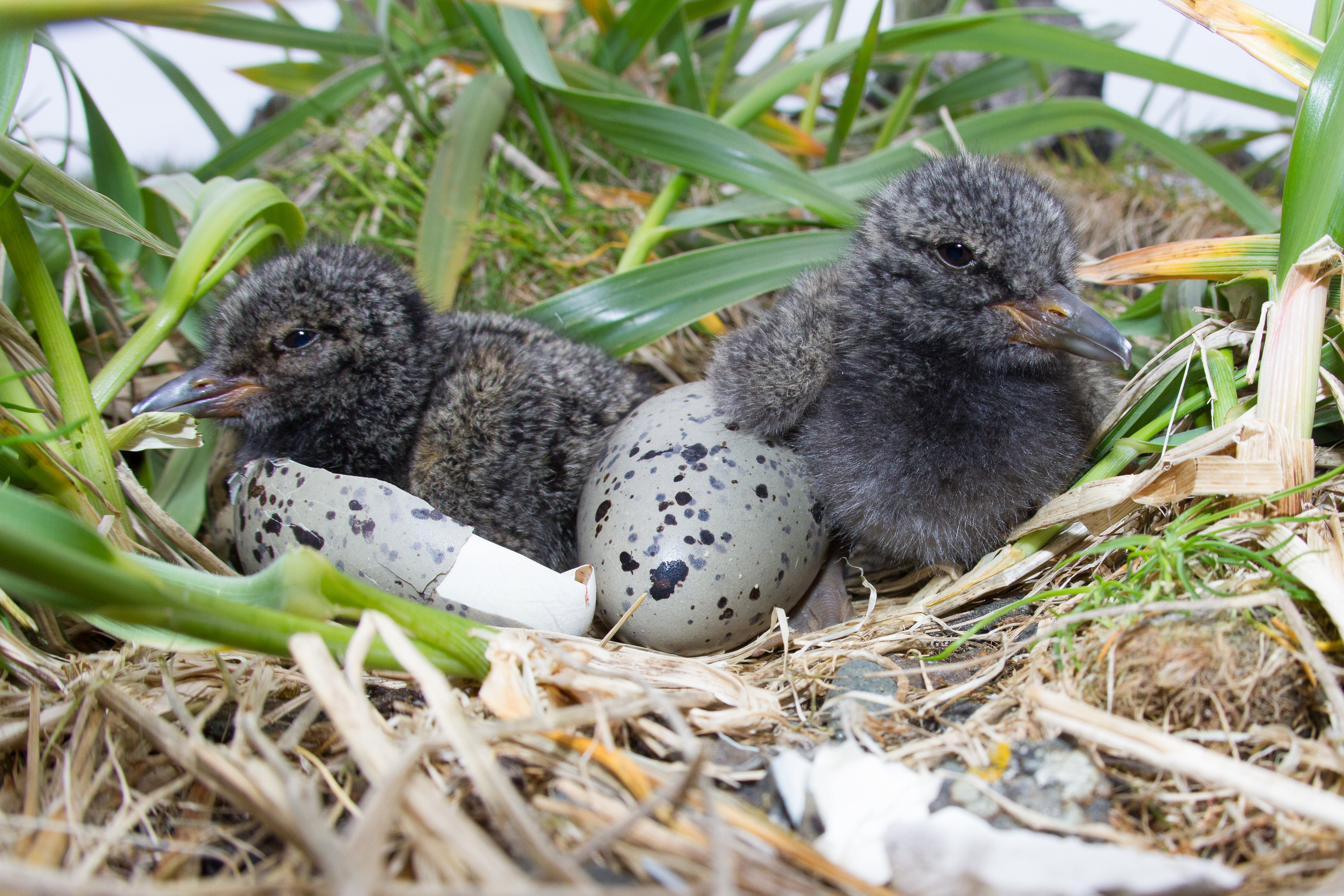February 26, 2025
Takutea’s Journey to a Thriving Ecosystem in the Cook Islands
Takutea in the Cook Islands is on its way to reviving its entire ecosystem in a community-led effort.
We use cookies to help you navigate efficiently and perform certain functions. You will find detailed information about all cookies under each consent category below.
The cookies that are categorized as "Necessary" are stored on your browser as they are essential for enabling the basic functionalities of the site. ...
Necessary cookies are required to enable the basic features of this site, such as providing secure log-in or adjusting your consent preferences. These cookies do not store any personally identifiable data.
Functional cookies help perform certain functionalities like sharing the content of the website on social media platforms, collecting feedback, and other third-party features.
Analytical cookies are used to understand how visitors interact with the website. These cookies help provide information on metrics such as the number of visitors, bounce rate, traffic source, etc.
Performance cookies are used to understand and analyze the key performance indexes of the website which helps in delivering a better user experience for the visitors.
Advertisement cookies are used to provide visitors with customized advertisements based on the pages you visited previously and to analyze the effectiveness of the ad campaigns.
Our new online shop is live!

The Aleutian Islands in Alaska are some of the most astonishingly beautiful places on Earth. Rare species make seasonal homes there, including marine mammals such as Fin Whales, Steller Sea Lions, and Sea Otters. Alaska is also home to the majority of the U.S.’s breeding seabirds and nearly half of its shorebirds. However, this incredible place is under threat from invasive Norway Rats that threaten to disrupt the balance of the entire ecosystem.
For 70 years, the Alaska Maritime National Wildlife Refuge (AMNWR) has been working tirelessly to eradicate invasive species from the Aleutian Islands for over 70 years, making it an ideal site for future restoration. The Aleutians are an ideal place for new holistic restoration initiatives—and Great Sitkin, a volcanic island in the Andreanof island group, is a site brimming with possibilities.

The breathtaking landscapes and rich biodiversity of Great Sitkin make it a true gem of the Aleutians. The island’s unique volcanic, rocky habitats are home to numerous unique and endemic bird species. Ground-nesting and burrow-nesting birds are particularly vulnerable to predation by invasive rats. At least ten species of seabird known to be negatively affected by invasive Norway Rats breed within the AMNWR, including the Pigeon Guillemot, Ancient Murrelet, several species of Auklets, two species of Puffins, and two species of Storm-petrels. These species move vital nutrients between land and sea, the depletion of their populations puts Great Sitkin at risk.
The AMNWR is remarkable in its geographical and spatial scale; it is comprised of over 2,500 islands, encompassing 5 million acres spread across a distance equivalent to the space between Georgia and California.
Great Sitkin, a sizable island spanning 15,950 hectares (~30,000 acres), lies entirely within the AMNWR and is designated part of the National Wilderness Preservation System. Originating from volcanic activity, the island features rugged terrain and is crowned by a picturesque volcano towering 1,740 meters (5,740 feet) above sea level. 1,100 miles west of Alaska’s largest city, Anchorage, Great Sitkin is uninhabited, but plays a vital role for the nearby Aleut people—especially the Unangax̂ sub-group. Great Sitkin’s closest human settlement is 25 miles away on Adak Island, home to a year-round population of 150 people. The rat invasion of Great Sitkin likely occurred in the 1940s when the island was used as a Naval Station and fuel depot, and despite the military site’s deconstruction in the 1960s, invasive rats are now prevalent across the island’s entirety.

In 2008, Island Conservation conducted a successful removal of Norway rats from Hawadax Island, also in the Aleutian Islands and located a little over 200 miles away from Great Sitkin. Within a decade of rat removal on Hawadax, significant increases were observed in several terrestrial and marine bird species. We saw the nests of three bird species not previously recorded as breeding on the island, and breeding-associated vocalizations of Leach’s Storm-petrel were detected for the first time. Bald Eagle and Glaucous-winged Gull populations surpassed their previous numbers. Hawadax is a key test case for more similar projects in the region, and the lessons learned from that project will continue informing our holistic strategies around the world.

For over 70 years, the AMNWR has spearheaded invasive species management and habitat restoration initiatives. In the mid-1700s, merchants introduced non-native foxes to numerous Aleutian Islands for fur farming. By the 1900s, populations of ground-nesting birds and other native island species had been depleted or, in some cases, entirely extirpated through predation by introduced foxes and rats. Beginning in the 1960s, AMNWR embarked on an ambitious, multi-decade program to eradicate foxes from 48 islands across 1 million acres to restore native biodiversity. However, on islands where rats persist, seabird populations fail to fully recover.
Now is the time to act to protect Great Sitkin, a site of spiritual significance to the Aleut people of the region and a key nesting site for scores of bird species. The future of Great Sitkin Island and its incredible wildlife depends on the success of this holistic restoration.
Your donation to Island Conservation can help us achieve our vision of vibrant biodiversity, resilient oceans, and thriving island communities around the world! Donate today and join our newsletter for updates on the project.
Check out other journal entries we think you might be interested in.
Notifications